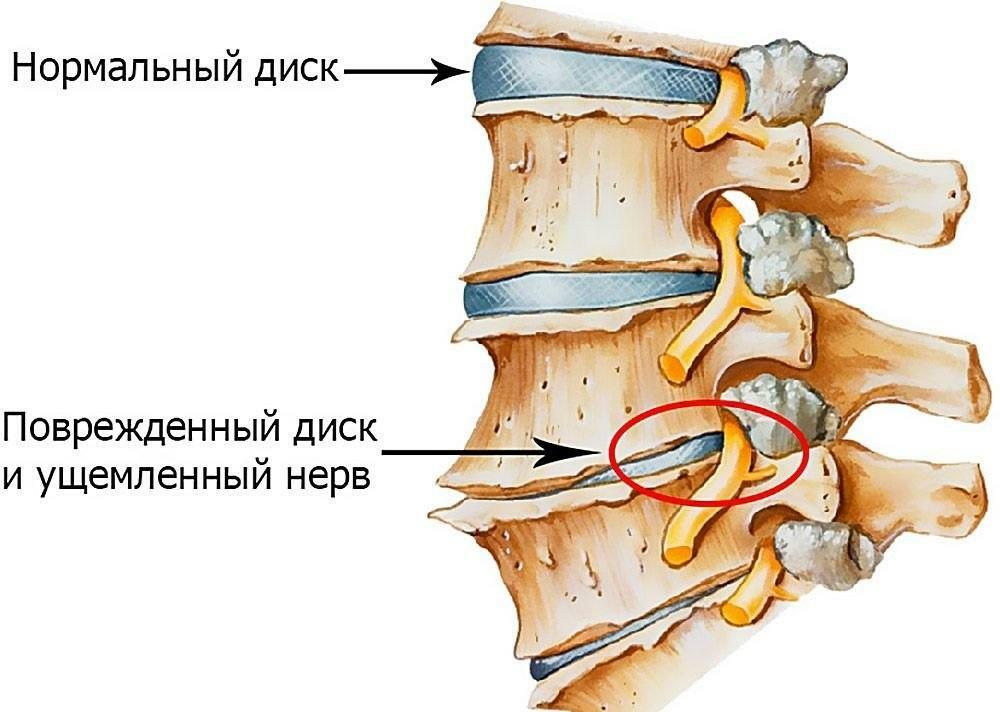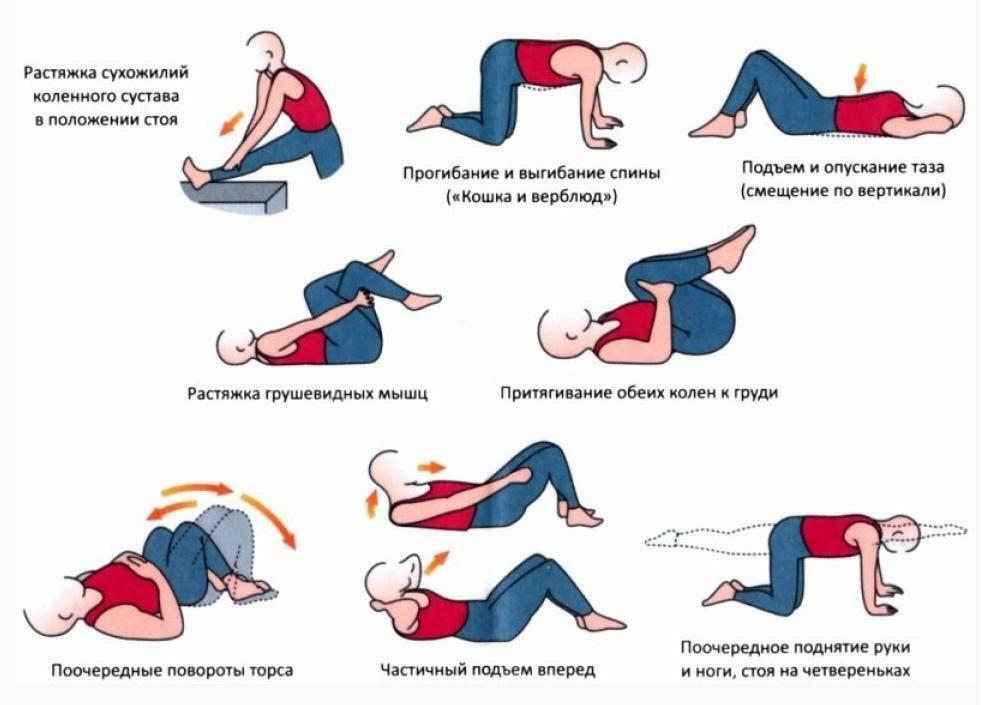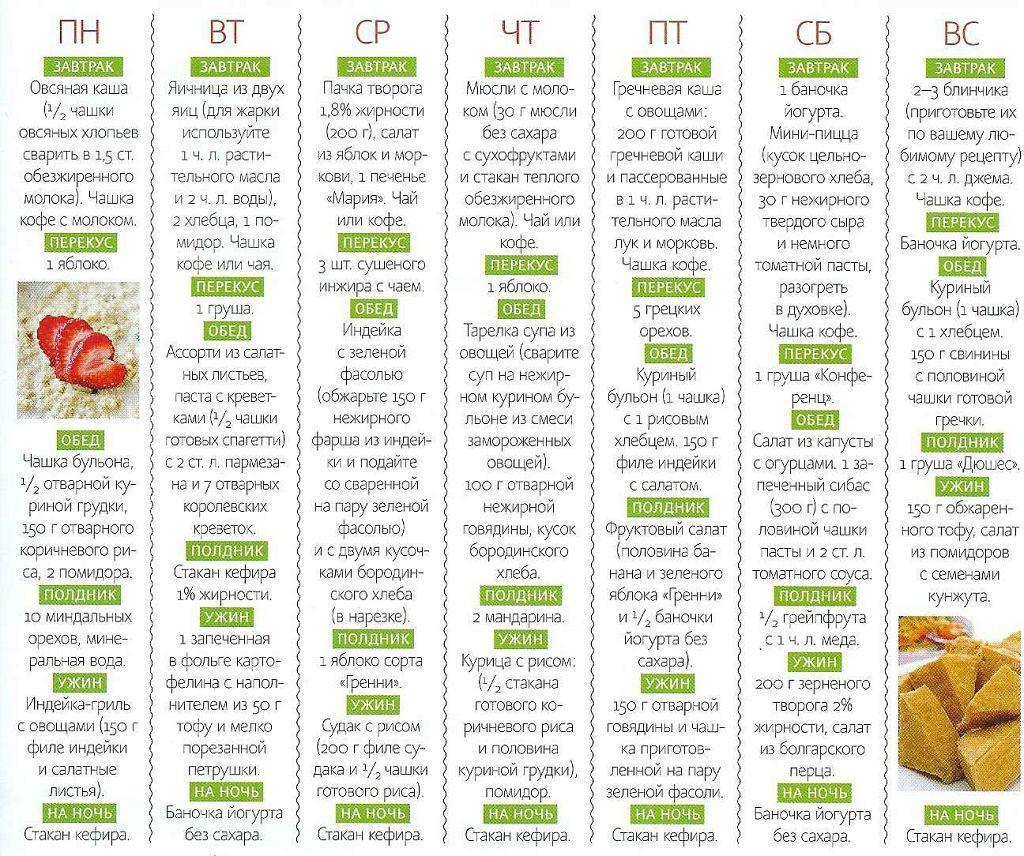Spondylosis is a degenerative-dystrophic non-inflammatory process characterized by pronounced bone deformation of intervertebral discs. As the disease progresses, build-ups( osteophytes) begin to form on the vertebrae.
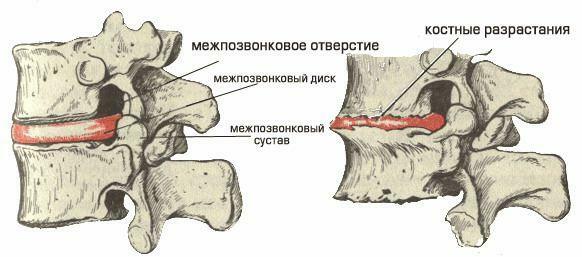
Spondylosis
This pathology is not an independent disease - it is a kind of reaction of the vertebrae to various adverse effects, due to which there is a violation of their form and function. The resulting bone growths take on the tasks of the reduced support area of the affected discs, but they deliver in parallel a lot of inconveniences and unpleasant sensations to the patient.
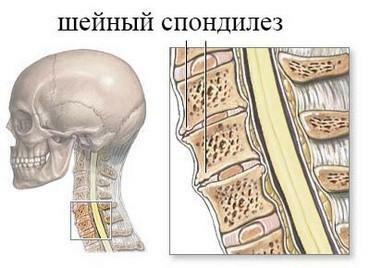
Spondylosis of the cervical department
Next, you are invited to familiarize yourself with the basic information about the deforming spondylosis of the cervical spine.
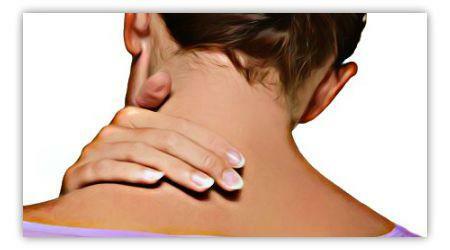
Deforming spondylosis of the cervical spine
- 1 General information about the disease
- 3 Causes of the onset of the disease
- 3 Characteristic features of the cervical spondylosis
- 4 Diagnosis and possible complications
- 5 Treatment methods
- 6 Prophylactic recommendations
- 6.1 Video - Deforming spondylosis of the cervical spine
General information about the disease
The term spondylosis is used as a generalizing definition of pathological processes, progressThey grow in the field of bone structures and develop mainly because of the natural processes that accompany the aging of the body. Cervical spondylosis is diagnosed more often than other varieties of the studied pathology, which is determined by the following features of its structure:
- smaller in size and, as a result, relatively small values of mechanical strength;

Cervical vertebrae in the image of
- lack of intervertebral discs between the human skull and the three upper vertebrae;
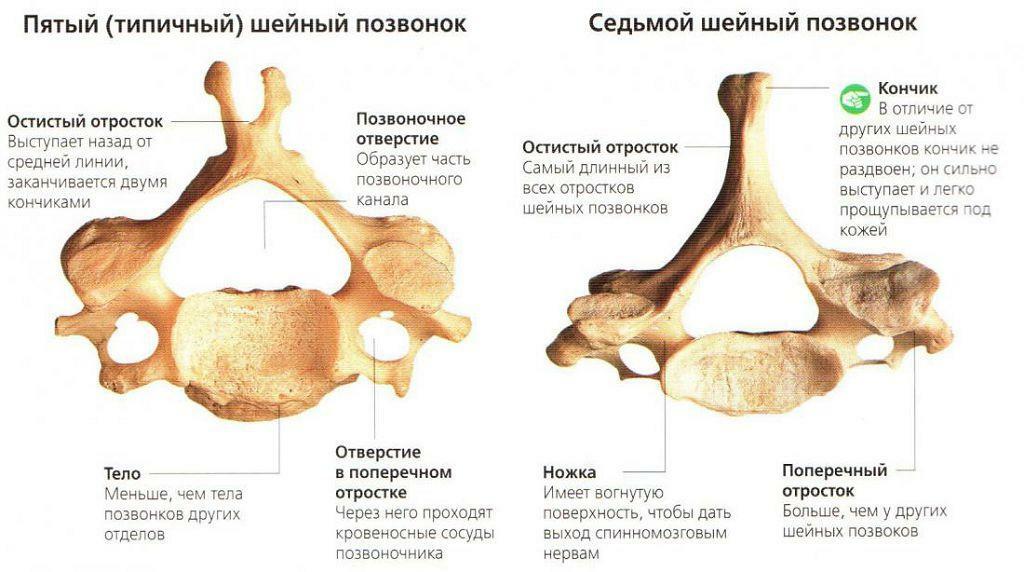
Cervical vertebrae - a schematic, anatomy of the
- with peculiarities of the location of nerves and vessels in the cervical region - here they, among other notable moments, pass along the transverse processes. The latter, in turn, suffer more often than others with spondylosis;
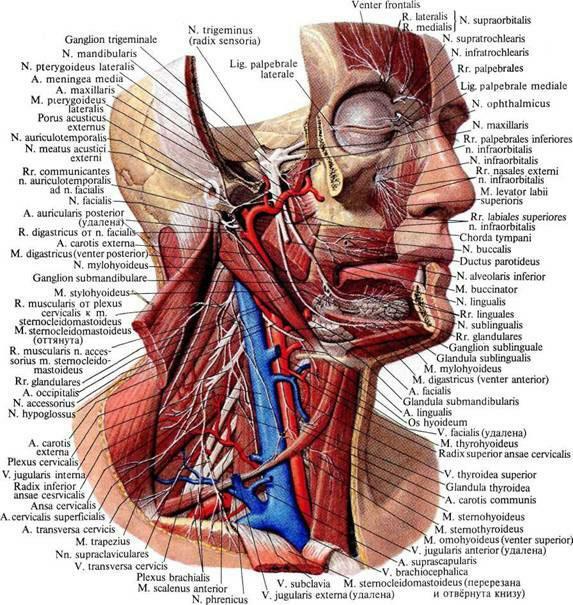
Nerves, vessels of the head and neck
- limited space for nerve roots, blood vessels, as well as the spinal cord;
- with a small width of the intervertebral foramen;
- relatively weak development of the neck muscles;
- high activity of the cervical spine;
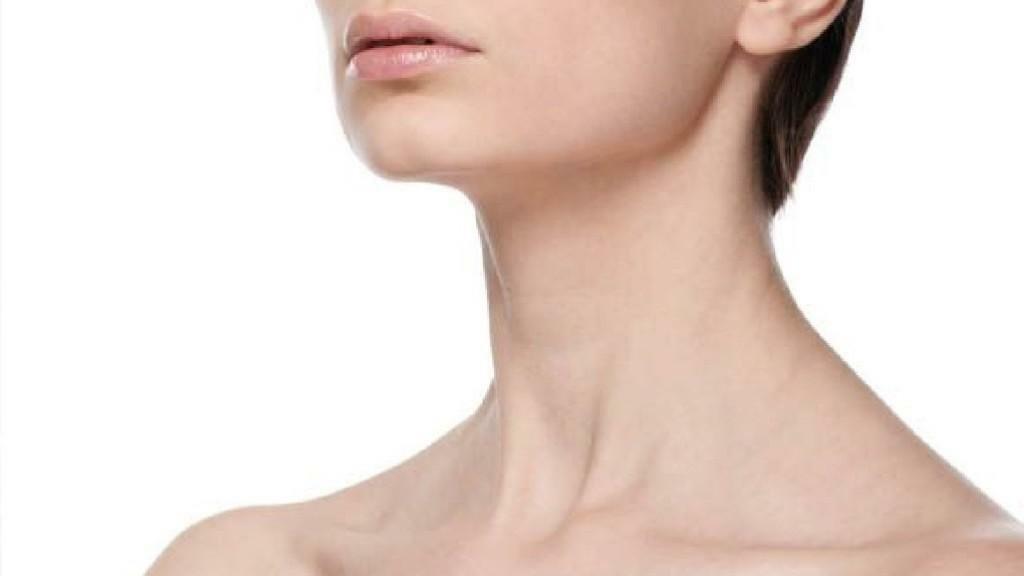
Neck muscles are not very developed, and the neck itself is relatively inactive
- by the presence of constant static loads on the area under consideration.
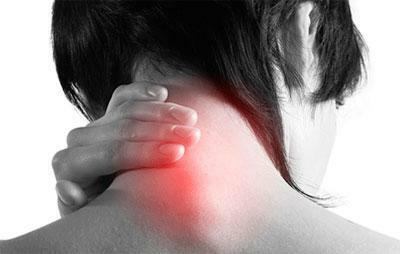
Static loads on the cervical vertebrae
Spondylosis, as noted, is accompanied by the appearance of osteophytes( outgrowths).If there are such, the blood vessels, nerves, and also the spinal cord are squeezed. If there is no timely response to this condition, it will inevitably give a number of complications.
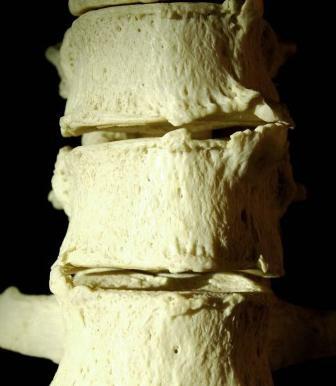
Osteophytes( bony spines) of the spine
Causes of the appearance of the disease
According to the disappointing averaged statistics, cervical spondylosis is noticeably younger, i.e.began to be widely diagnosed among young people. So, if relatively recently degenerative-dystrophic processes affecting the spine, were noted mainly in persons of retirement age and old people, now such pathologies are encountered even among students.

Spondylosis may also appear in young people
For this reason, the concept of spondylosis has significantly expanded - now it is not considered an ailment that develops solely because of age-related changes in the body.an important role in these points is played by both physiology and a variety of risk factors. The disease develops against the background of a violation of internal metabolic processes in the area of cartilaginous tissue.
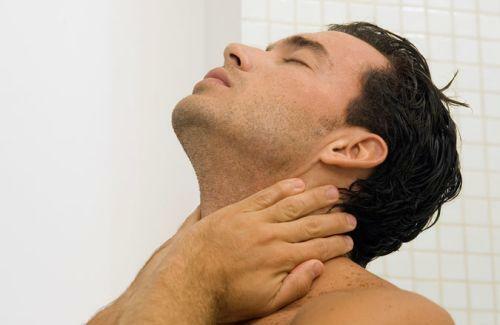
There are many reasons for the development of spondylosis
Among the most significant provoking factors, the following points should be noted:
- regular static neck loads. For example, the risk group includes persons working at the computer - the constant presence of the head in the same position definitely does not benefit the spine;

Working at the computer as a cause of the development of the
- disease, frequent dynamic excessive loads;
- various pathological processes, the presence of which contributes to the disturbance of normal spine biomechanics, distribution of loads, etc.;
- neck injury;
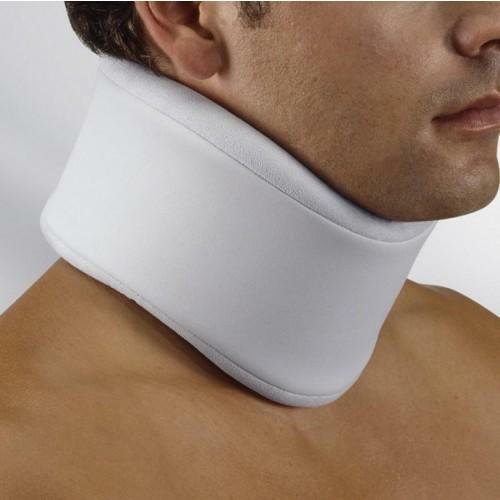
Cervical injury
- improper diet - the diet should contain enough vitamins and microelements necessary for a person;

Malnutrition
- endocrinological disorders and other problems with internal metabolic processes;
- hereditary predisposition.
If any of the above factors is present in your life, take timely action to minimize the risk of spondylosis. Elementary preventive recommendations will be given in the following sections. Do not forget to consult a doctor regularly - any disease, and the pathology of the spine in particular, is much easier to prevent than treat.
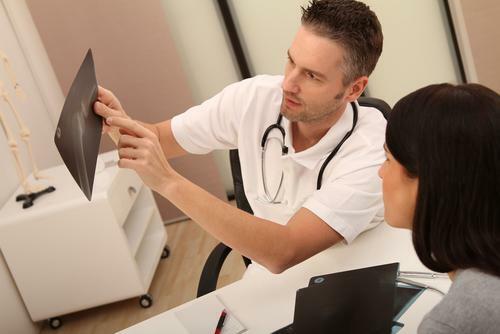
Visit orthopedic physician
Characteristic signs of cervical spondylosis
A list of symptoms that indirectly or explicitly indicate the presence of cervical spondylosis is given in the table.
Table. Signs of spondylosis
| Symptoms of | Description |
|---|---|
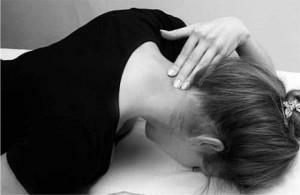 Painful sensations of | Localized in the neck. Often they give the back of the head and shoulders. Can be characterized by a chronic course or be sharp, appearing as sudden powerful lumbago. In addition, often there are constant aching pain in the nape. Often, taking pain medication does not have any significant effect. Also, painful sensations may be present in the shoulder joints. |
 Uncharacteristic manifestations in the upper limbs | Hands can become numb, dull, and periodically there are feelings that crawl along them. There is a decrease in strength of hands. |
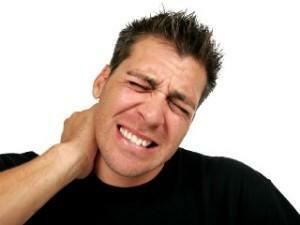 Limited mobility | As the disease progresses, "using" the neck will become more difficult. When you move your head is often heard a crunch. Behind the neck may grow a "hump". |
 General deterioration of well-being | Patients with cervical spondylosis often have a headache and dizziness, they may faint and generally feel bad, primarily due to the squeezing of large arteries passing through the neck. |
Diagnosis and possible complications of
To confirm the diagnosis, the specialist examines the patient, after which the patient undergoes radiography. According to the results of the survey, spondylosis and accompanying disorders are directly determined.

X-ray of the neck with functional tests
If necessary, the doctor can prescribe CT or MRI.The given researches allow to study in more details a condition of the patient and to make as much as possible detailed and full clinical picture.
If you leave the pathological process without appropriate attention, it will inevitably lead to complications. First of all, such include the intervertebral hernia with all the resulting neurological disorders - from pain to problems with the work of internal organs.
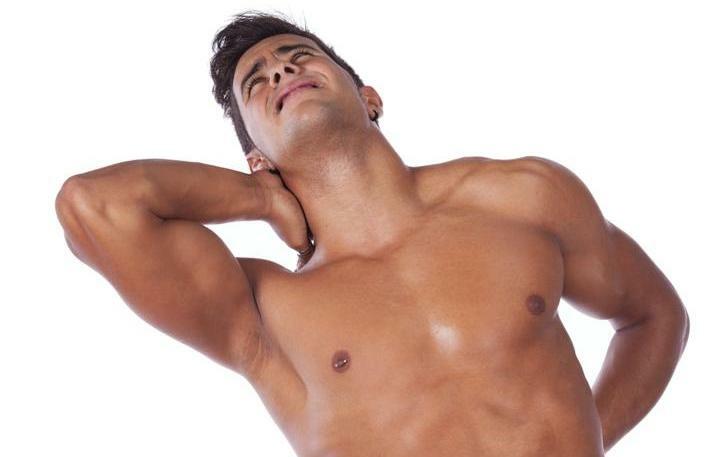
Spondylosis will manifest itself not only in the form of neck pain
Virtually every patient with a deforming spondylosis has some vascular disturbances that cause headaches, pressure leaks, tinnitus, vision. The appearance of such problems leads to an increase in the growths - this helps reduce the size of the spinal canal, which causes compression of the nerves and blood vessels. As a result, such a pathology as vertebral stenosis with the further occurrence of lameness, persistent pain, rigor of the lower extremities, etc. may develop.
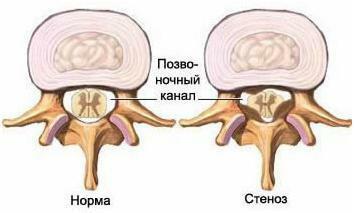
Stenosis of the spinal canal
Methods of treatment
It is impossible to completely get rid of deforming spondylosis at this time - if the growths on the vertebrae formed, they can not be removed. Along with this, it is possible to eliminate or at least alleviate the symptoms of the disease, as well as slow its progression.
In the process of treatment they work on the following tasks:
- by reducing the severity of pain and inflammation;
- by restoration of blood circulation and nutrition of tissues;
- normalization of metabolic processes in order to slow the progression of deformation pathology;
- muscle strengthening;
- elimination of spasms;
- by minimizing the risk of complications and more severe pathologies( hernias, etc.).

Treatment of cervical spondylosis
Treatment in most cases is based on conservative techniques, usually do not resort to surgical intervention - indications for carrying out such is only when a dangerously strong squeezing of the spinal cord is detected.
As a rule, cervical spondylosis develops in the presence of a whole set of pathologies and disorders. In view of this, the treatment of the disease also comes in a complex way.
- First, it is a drug therapy. Anti-inflammatory drugs are prescribed, if necessary - chondroprotectors and painkillers.

Complex of medicines
- Secondly, the methods of manual therapy are applied. First of all, they are practiced to get rid of squeezing and pinching in order to eliminate pain.
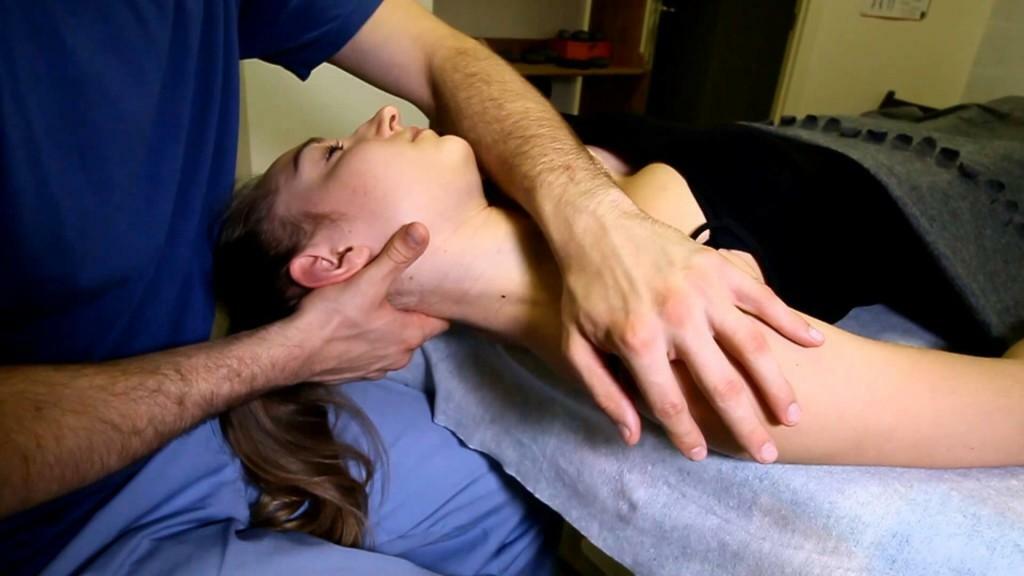
Manual therapy of the neck
- Third, use reflexology( heating, acupuncture, physiotherapy, etc.).

Reflexotherapy with the use of the applicator
- Fourth, they turn to medical gymnastics. Along with medical treatment, is one of the most important components of complex therapy. We will not give any specific exercises - they are selected by the treating specialist individually for the patient.

Exercises for the cervical department
Prophylaxis recommendations
- Avoid prolonged stay in monotonous poses and in a generally sitting position, if possible. In this state, there are violations of the internal circulation, which is fraught with unfavorable consequences for the whole organism.

Do warm-up and gymnastics
- Work on strengthening the muscles.
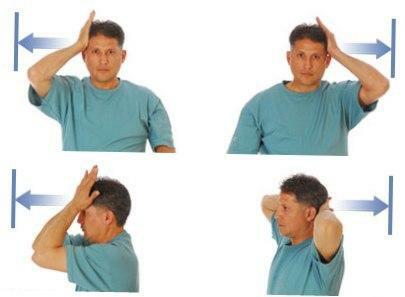
Strengthening the neck
- Go for a massage( if not contraindicated by a doctor) and go in for sports. Excellent fit swimming.

In the photo, a therapeutic massage of the cervical and collar zone
- Adhere to a healthy diet with enough vitamins and other useful elements.
- In time, treat any diseases.
- If you specialize in doing "sedentary" work, during the workday, regularly take breaks and warm up.
Remember: keeping health is easier than restoring it in the future.
All the best to you!

